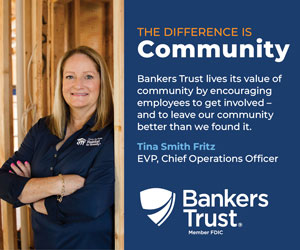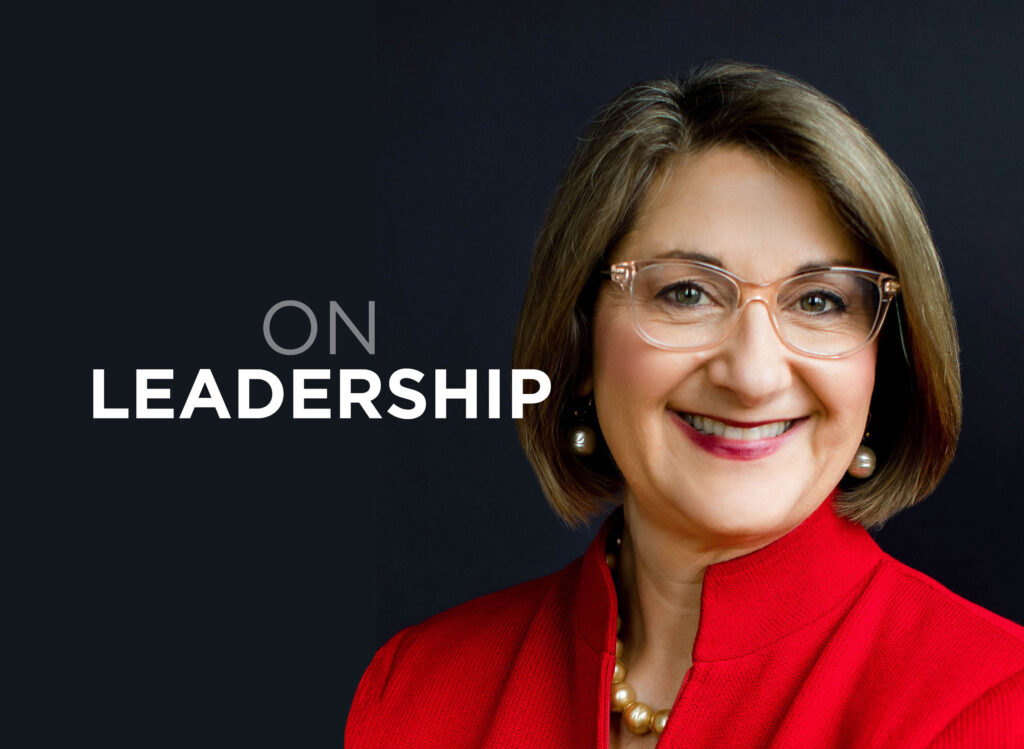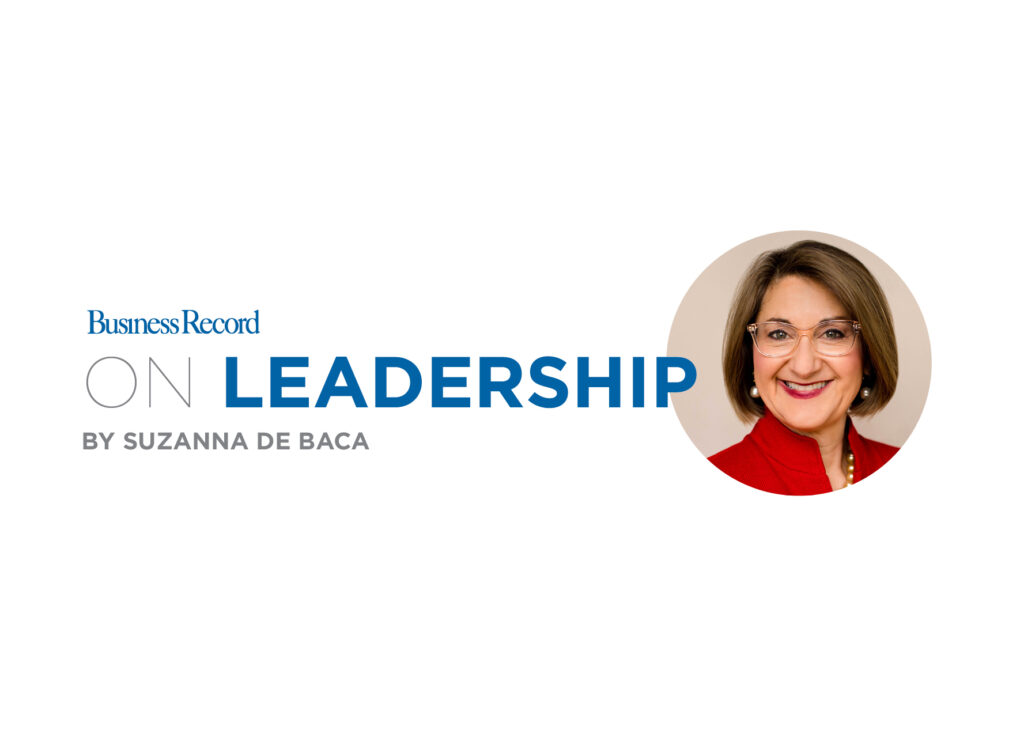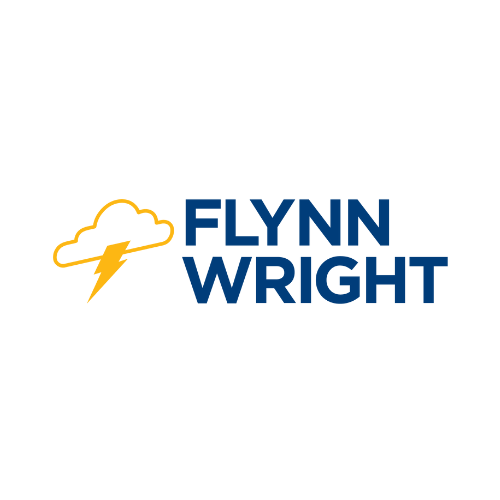McLellan: What will 2020 bring?

Maybe it’s the fact that it’s not just a new year but a new decade, but for some reason this annual ringing in of the new year feels bigger somehow. You’re going to see all kinds of articles on the big trends – video, augmented reality, shoppable posts, etc. I don’t disagree with any of the predictions. But they are all about tools. I want us to slow down and focus on intention for a bit first.
2020 is the year when we sell less and help more. And that all revolves around the content you create and why you create it. Ironically, it’s how our industry got its start.
I’ve been in the business for more than 30 years, and back when I started my career, no one was talking about content. But that doesn’t mean we weren’t creating it. Marketing has evolved a great deal since it began back in town crier days. One thing has been a constant – since day one, marketers have helped brands capture and tell their stories in a way that had an impact on an audience.
Back in the golden days of advertising, brands were boldly creating content that makes what most companies do today look rather elementary. In many ways, this new era of what we can and should do is taking us back to our roots.
Let’s look at the trajectory of advertising since the “Mad Men” days. Marketing mostly equaled paid media advertising back in the day.
Agencies and brands were creating content. Big, bold, culture-changing content. But they were creating it for an entirely different reason. They needed the content because they were often creating an audience from scratch. So they needed placement opportunities for their clients.
Benton & Bowles was an agency based in New York that was launched in 1929 by William Benton and Chester Bowles. They actually invented the radio soap opera so they could create sponsorships and ad placements for their clients who wanted to target homemakers with their message.
By 1936, they were responsible for three of the four most popular radio shows on the air, including “As the World Turns.” When television arrived, Benton & Bowles replicated their radio success and launched a TV version of “As the World Turns,” their most popular show, in 1956 for their client Procter & Gamble. P&G sponsored or advertised on that show until it was canceled in 2010. Somewhere along the way, the network bought the show from Benton & Bowles, but they negotiated P&G’s exclusivity as part of the deal.
Even back then, marketers understood that no one sought out advertising. But if you gave them something they valued, they’d gladly accept the advertising as part of the package. This concept of storytelling was part of the marketing’s DNA.
When we talk about memorable ad campaigns, most of them came from this era. They were filled with memorable characters (the Marlboro Man, Mr. Whipple and the Jolly Green Giant) and earworm jingles (Wrigley’s Doublemint gum, Kellogg’s Rice Krispies and Chevrolet/General Motors). And they used these elements to get the audience to connect with the stories and the products they were pitching.
Somehow, that sense of storytelling with just a smattering of advertising got watered down in the mid-’80s and we entered into the era of invasive, talk-at-me marketing. Consumers didn’t have any control back then, so they endured our spots. A little thing called the internet changed all of that.
In next week’s column, we’ll explore how we got to today and what we need to do to survive and thrive beyond 2020.










